Failure Modes
Root cause analysis of rotating machinery after an unscheduled shutdown or outage can be vital to ensure corrective action is taken to prevent further problems. Quite often the best place to start analysis is the bearings, and often the bearings are blamed. However bearings are designed as a sacrificial component and the manner in which they fail can help understand system or machinery problems.
Oiltech Bearings can provide insightful analysis based on the bearing condition, usually just from photographs of the damage. Here is a list of the most common failures modes we see in our workshop.

Fatigue
Whitemetal alloy has a very low fatigue strength, or limit. When subject to varying loads, normally the vibration of the rotor, cracks will start to appear in the whitemetal layer. These cracks propagate through the material until they reach the interface with the backing material. Close to the boundary layer, these crack turn through 90 deg and start to traverse along the interface and eventually meet another crack, at which point entire piece of whitemetal can be ejected from the bearing lining.
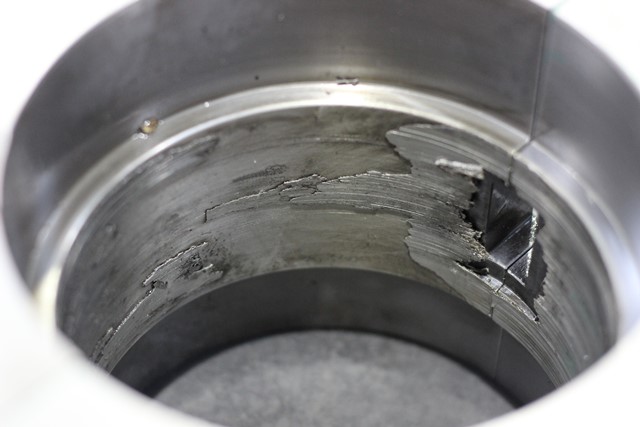
Oil Starvation
Since hydrodynamic bearings require oil films to operate, if there is a reduction or stop in the supply of fresh, cool oil, the oil film will reduce or collapse. The result is metal to metal contact and this causes a wipe, overhead and melting of the whitemetal. The severity of damage depends on having thermal sensors installed to trip the machine and how long it takes the machine to stop.
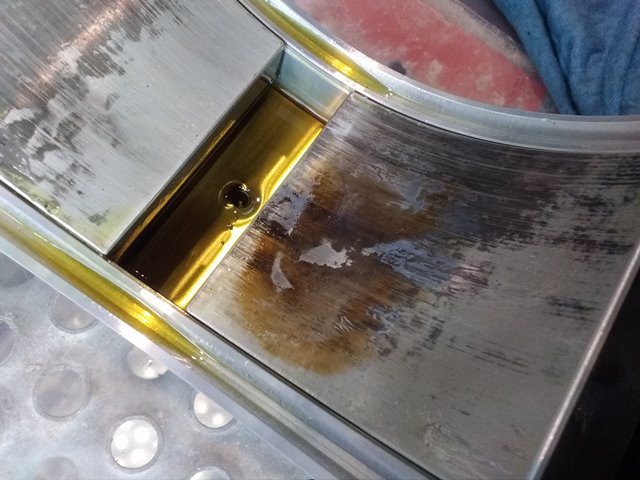
Wire Wool / Black Scab
This failure mode is caused by having a hard particle(s) between the bearing and rotor. The particle can typically come from nearby grinding work where a small part of the grinding disc or metal enters the bearing or lube system during overhaul and maintenance work. Once inside the bearing, the hard particle will be embedded into the whitemetal, but it can leave a protrusion of hard material which starts to act like a cutting tool and starts to slow machine the shaft. The swarf produced is known as wire wool.
Black scab is essentially the same problem but normally as a result of high chromium content steels used on the manufacturing of the rotor or particles from HVOF coatings on the rotor after restoration work has been done.
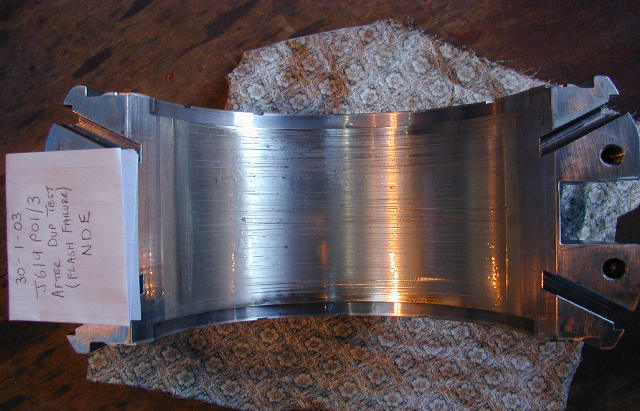
Contamination/Scoring
If contamination of dirt and hard particles are allowed into the bearing oil film, they can score the bearing. Ideally they are pushed into the soft whitemetal alloy out of harms way, but often will do some damage before finding a steady position. This can leave score marks on the bearing and if there are sufficient contaminates, this starts to affect the performance of the oil film.
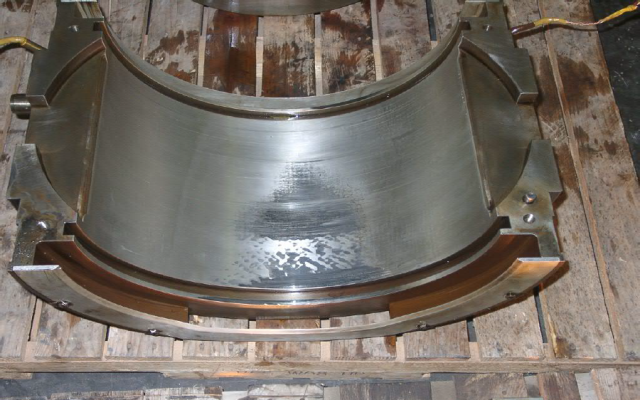
Misalignment
The oil film between a bearing and shaft is typically 25 microns to 75 microns thick. It is important therefore that the alignment of the bearing to the shaft is adequate to ensure the oil film is consistent. When misalignment occurs, part of the bearing, usually at one end will run hotter than the rest of the bearing and the hydrodynamic pressure will be much higher. This causes part of the bearing to be overloaded/overheated which can result to material creep and ultimately a failure.
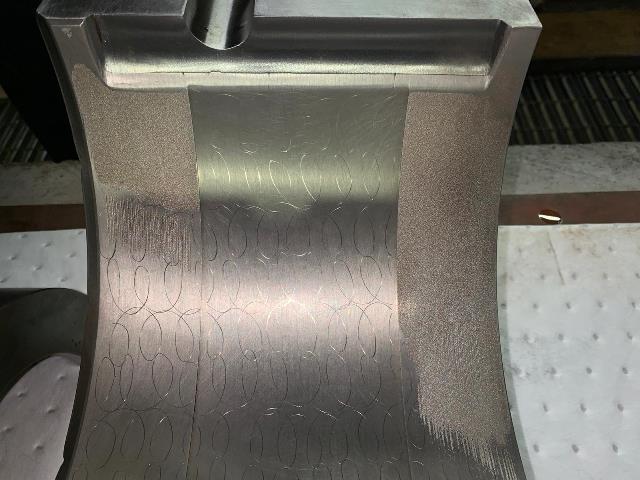
Electrical Discharge
Since rotating machines are generally ferrous, they can also contain residual magnetic fields. During the rotating of a magnetic field, electrical fields are generated and this electrical potential will discharge through the easiest path, which is typically the bearings if the machine does not have sufficient or any grounding strips to allow the safe discharge of electrical energy. If the discharge occurs through the bearing, small sparks will occur and damage the whitemetal alloy of the bearing lining. This is the principal of electric discharge machining. The result can be extensive damage to the whitemetal alloy through electrical discharge.
